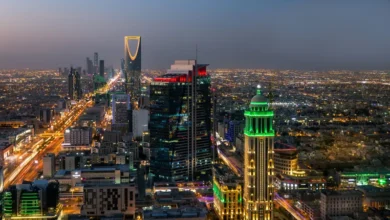وظائف عالمية
مساعد إداري شاغر وظيفي لدى مدارس السلام العالمية – وفق المتطلبات

[ad_1]
مساعد إداري شاغر وظيفي لدى مدارس السلام العالمية – وفق المتطلبات
الوظيفة: مساعد إداري
اسم الشركة: مدارس السلام الخاصة وحضانة السلام
المسؤوليات:
- إدارة البيانات، الغيابات، التغطية، ومهام الاستراحة.
- أداء المهام الإدارية والسكرتارية المتقدمة والسرية.
المتطلبات:
- مهارات تواصل ممتازة.
- خبرة مثبتة في دور إداري مماثل.
- مهارات قوية في التخطيط والتنظيم.
- قدرة على التكيف مع التغييرات والعمل بروح مرنة.
للتقديم: يرجى إرسال السيرة الذاتية عبر البريد الإلكتروني التالي: careers@salameducation.ae

Source link




